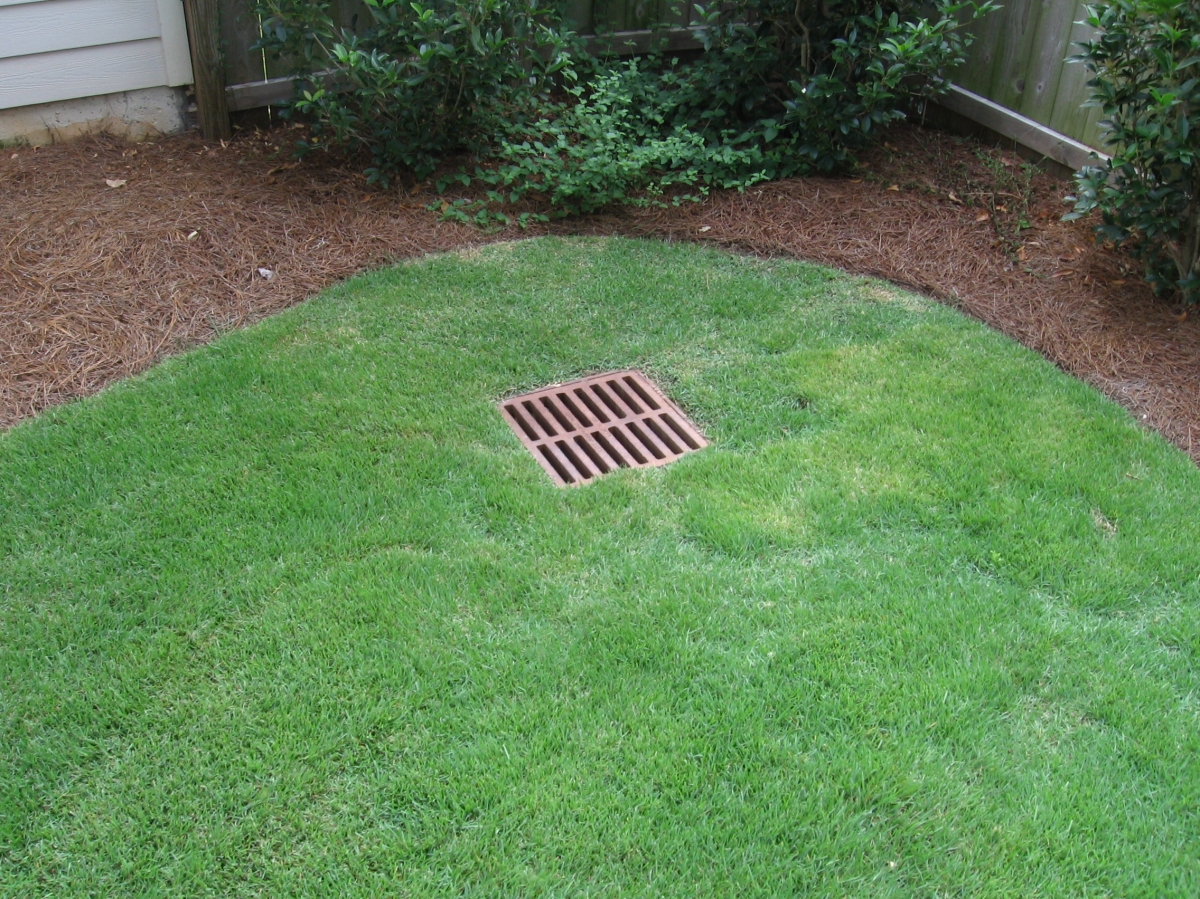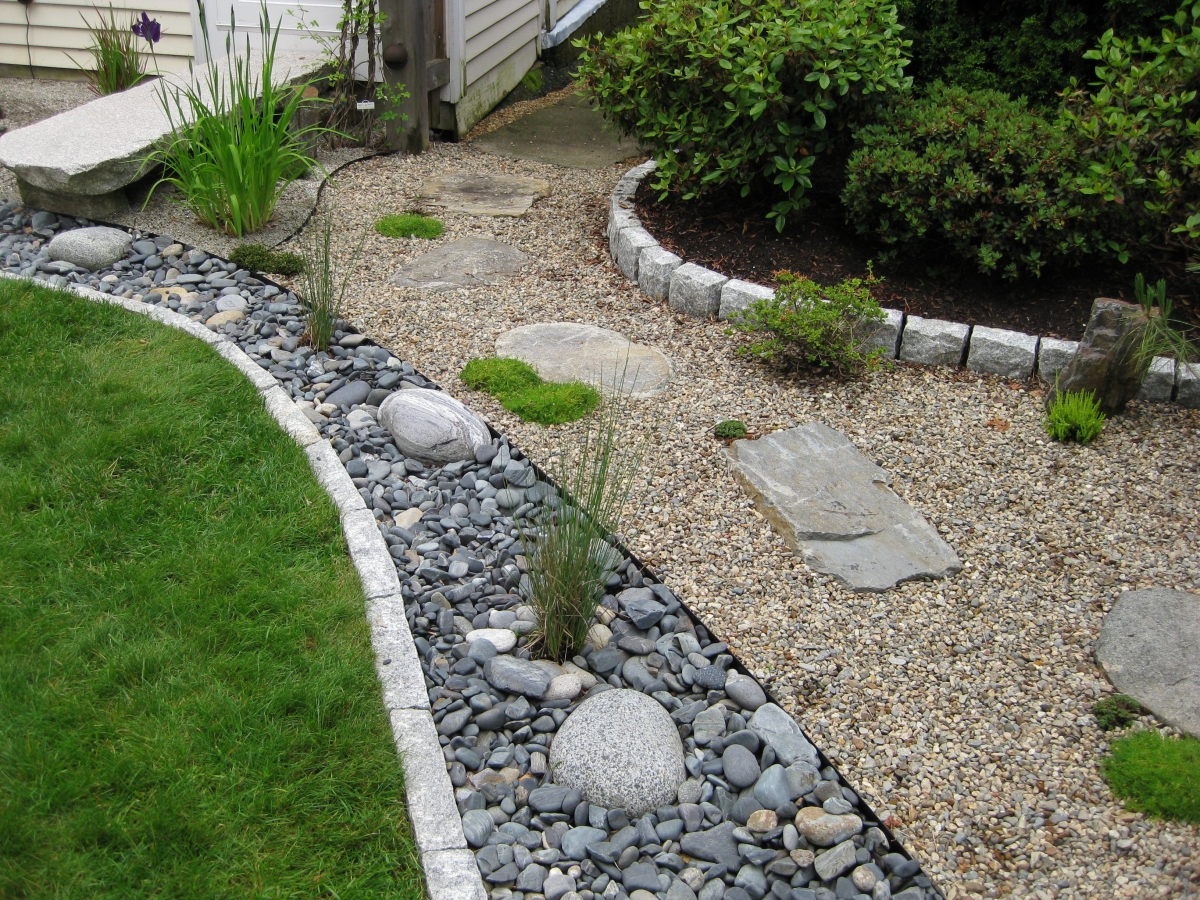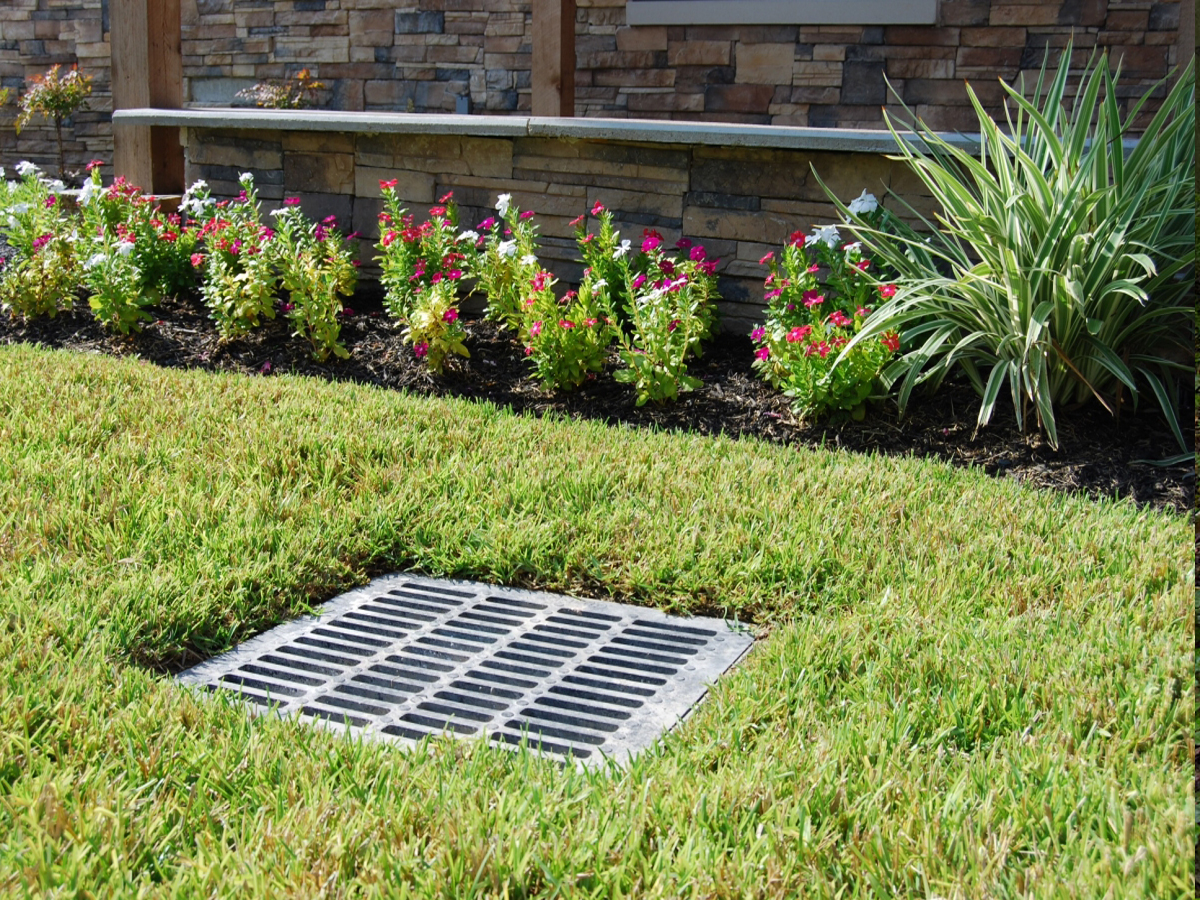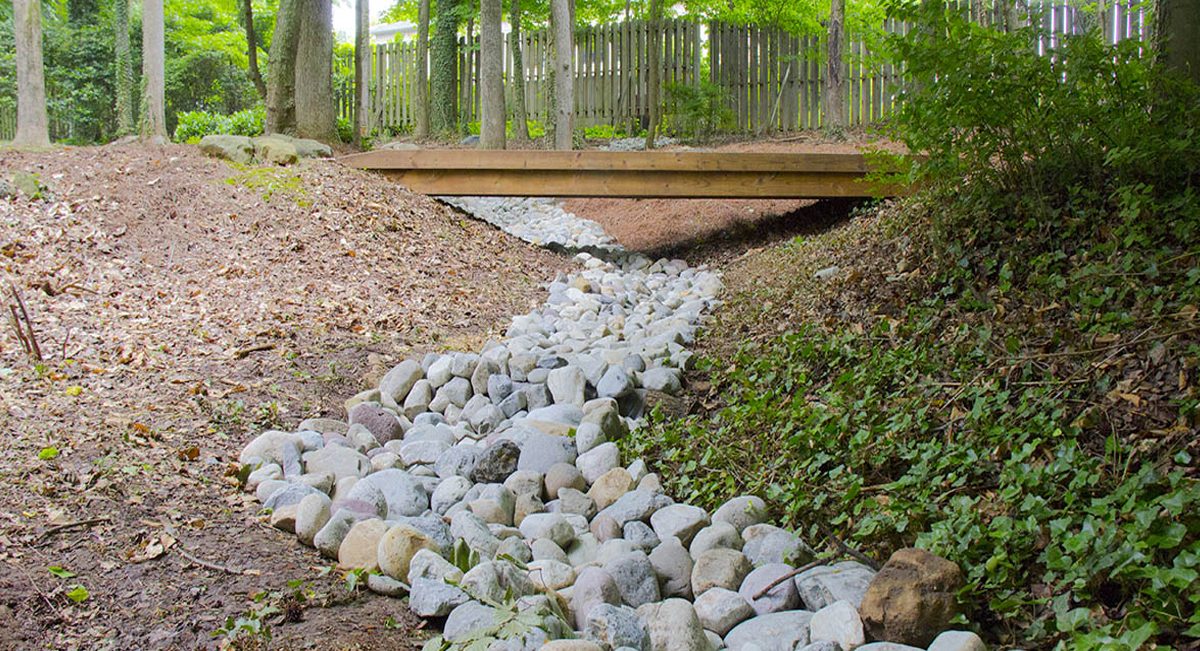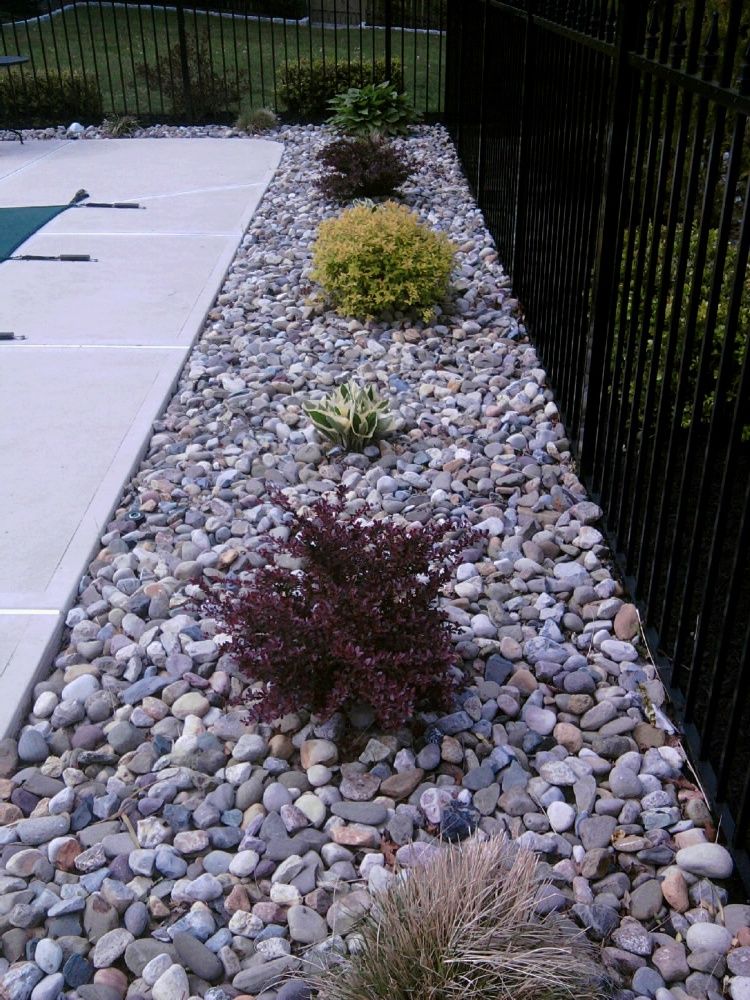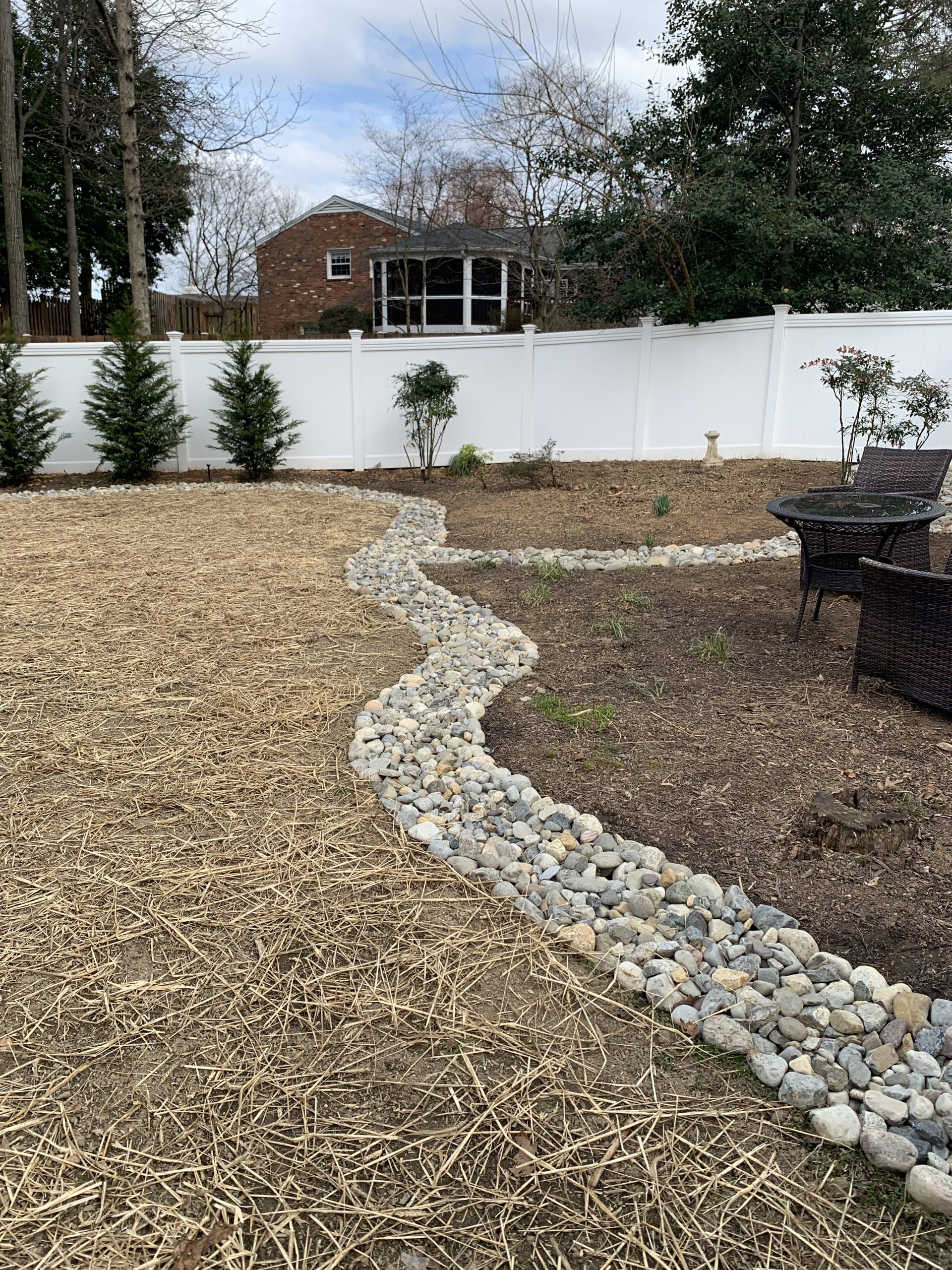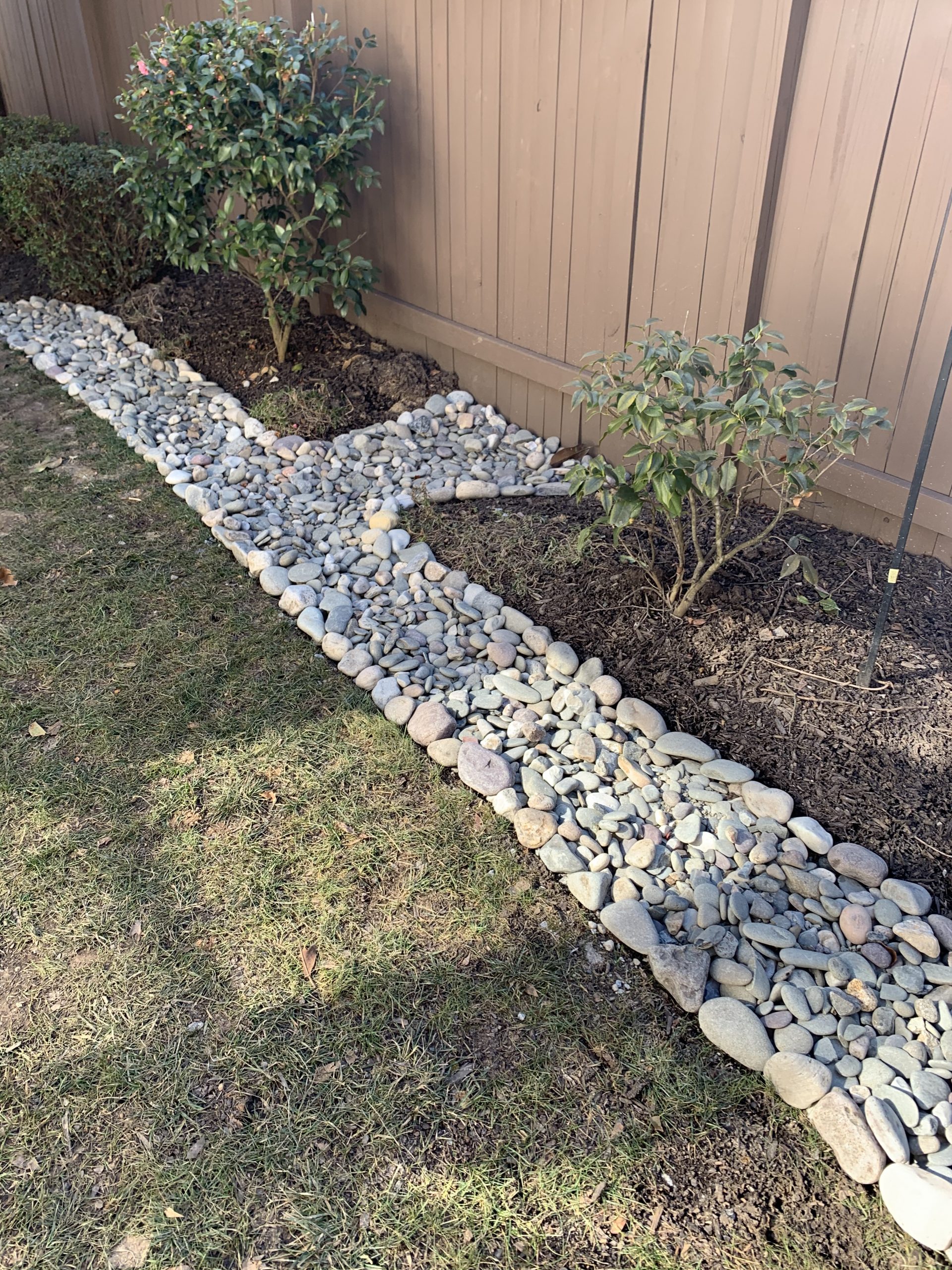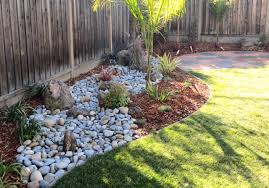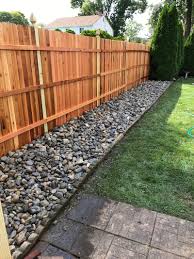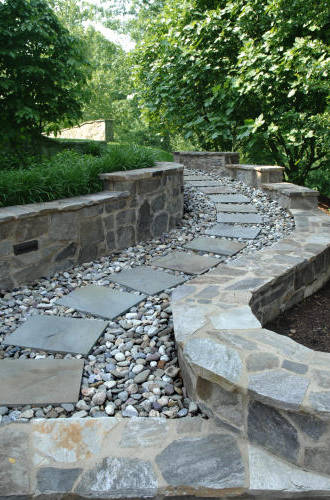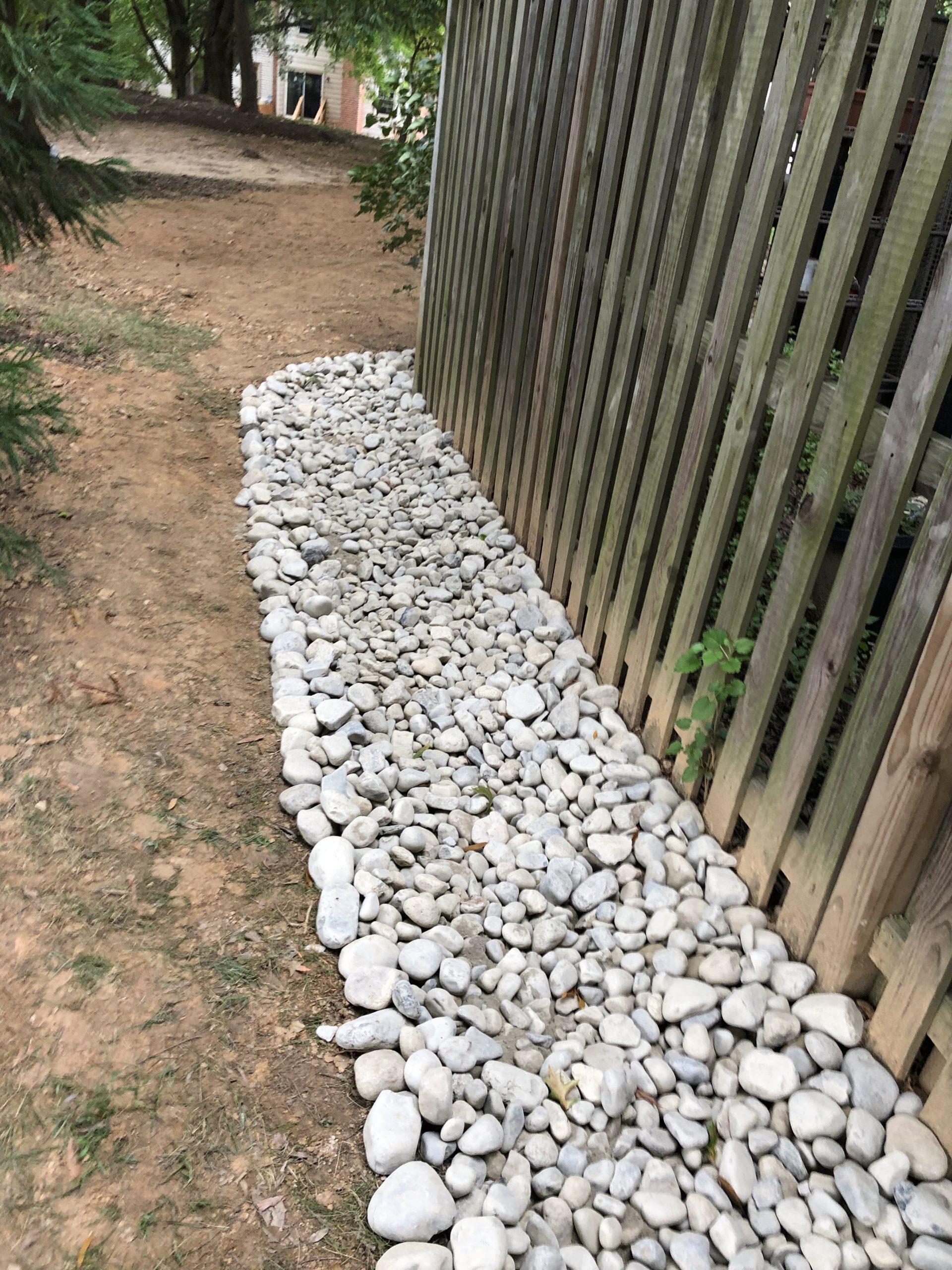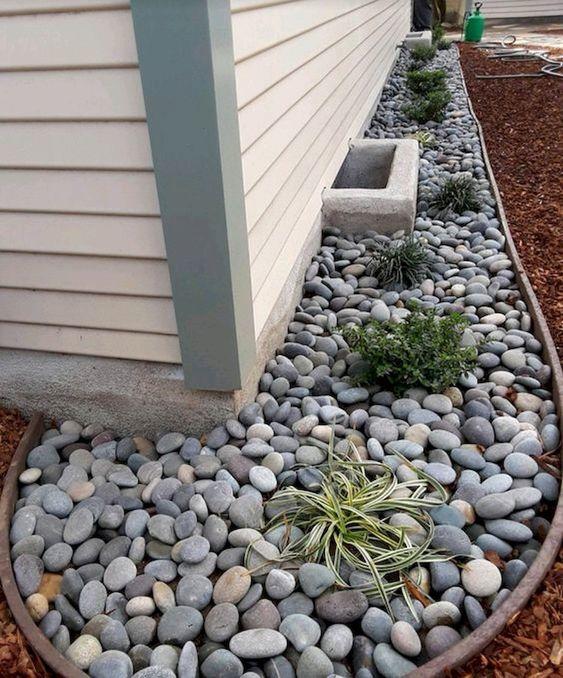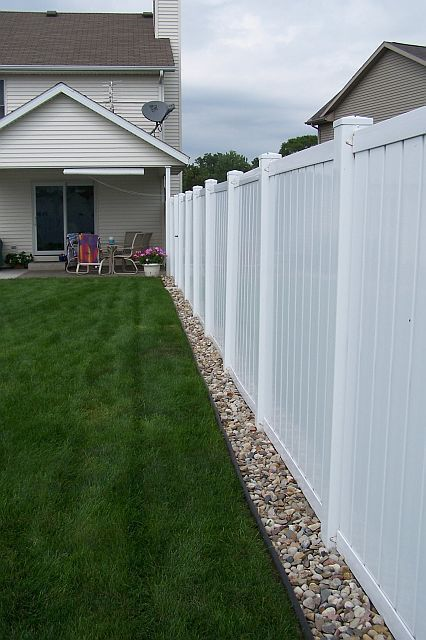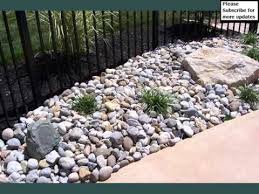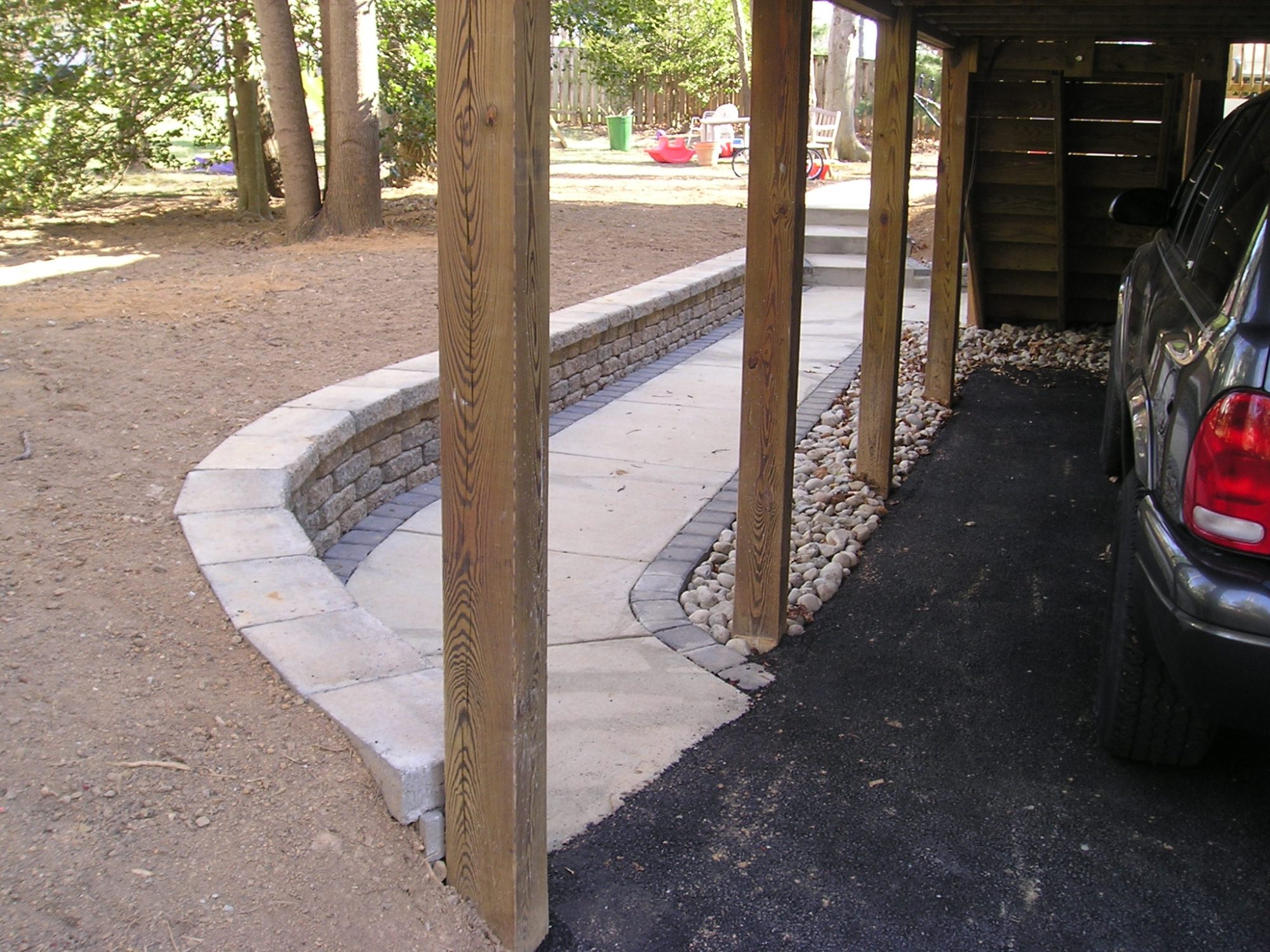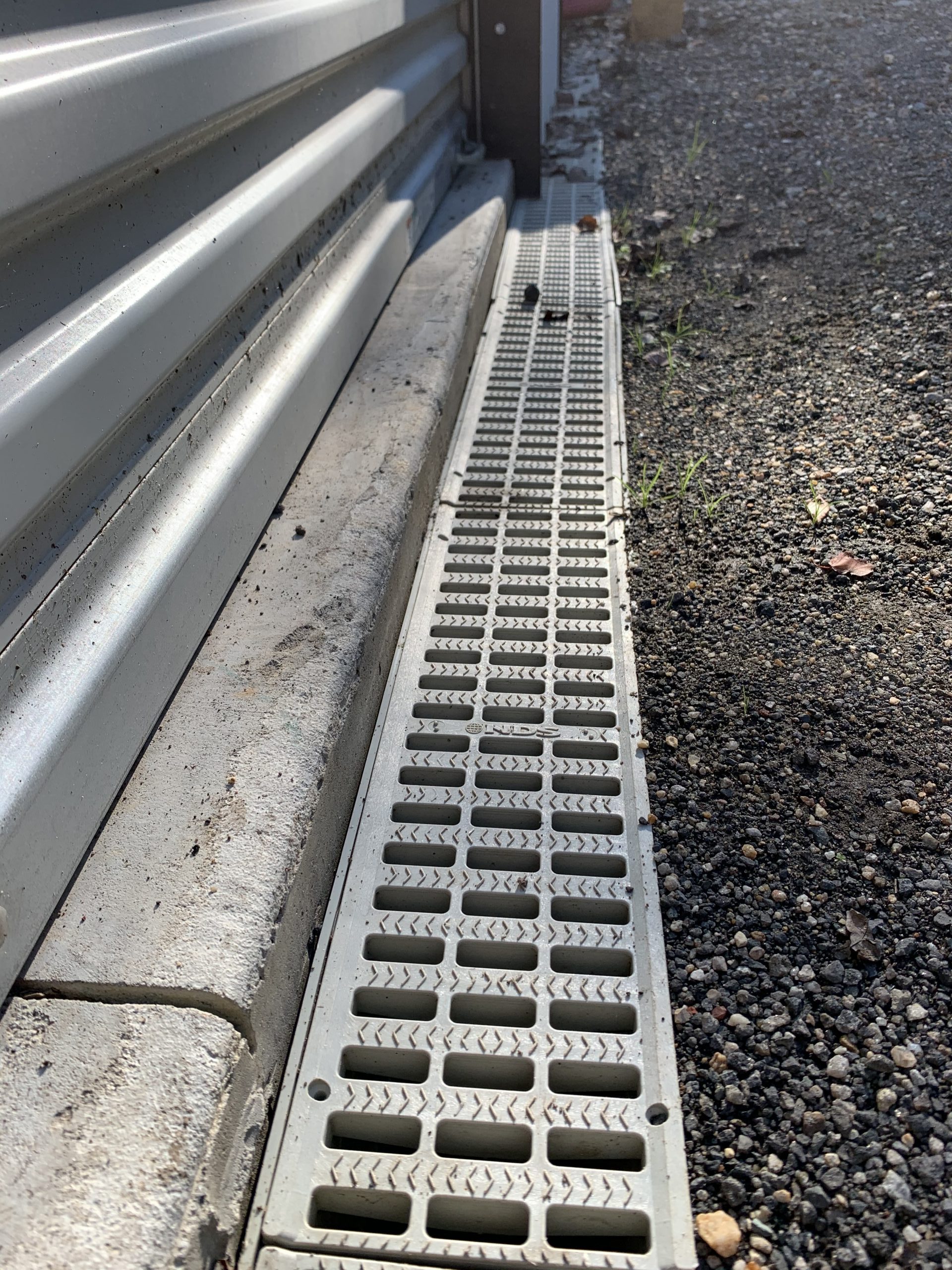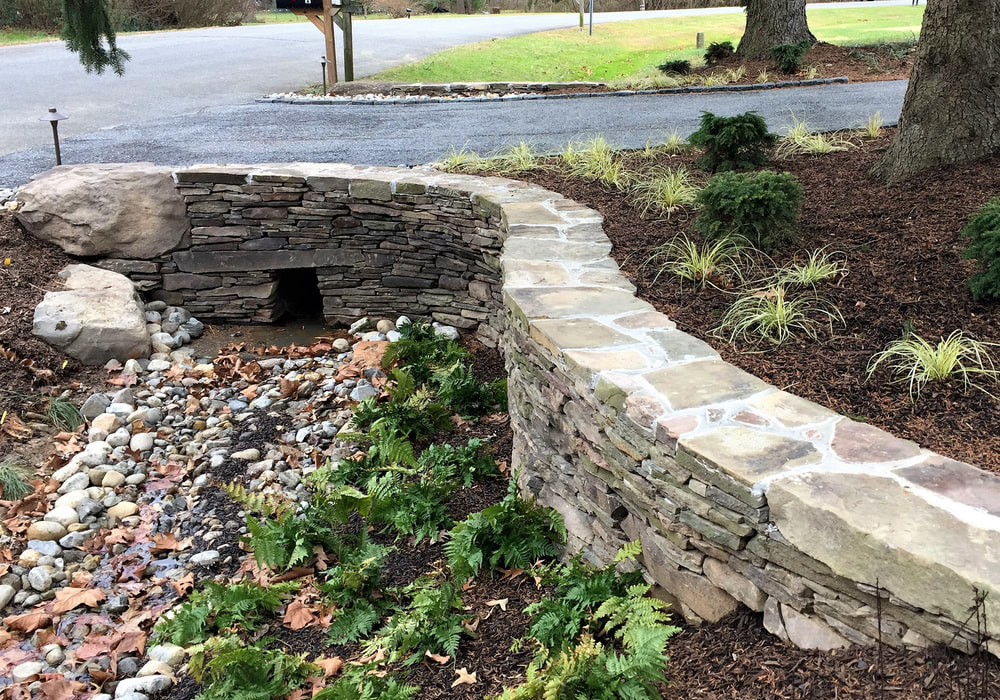
How can I prevent erosion and runoff in my yard? Erosion is when soil is displaced from one place to another and occurs on all sizes of properties, large or small. Erosion is unsightly at best and an environmental problem at worst. We can provide some simple solutions to protect your yard – and our environment – from erosion.
The easiest way to prevent erosion is by covering your soil with strategically placed bushes, trees and grass around your home. Bare soil is vulnerable to both wind and rain erosion. Soil needs to be covered year-round in order to be protected. When natural ground coverings are just not feasible or suitable for the location, we employ a number of other methods to prevent erosion, such as: retaining walls, rain gardens, grading solutions, and others.
Retaining Walls
A retaining wall is a protective barrier installed at the bottom of a slope that prevents soil from cascading down. Once anchored, the retaining wall counteracts the force of gravity and holds the entire slope in place. Retaining walls are an aesthetic and functional solution that allows us to create “zones” or stages to your sloped property, giving it a terraced look. These retaining walls hold back soil and create multiple flower and plant beds. These walls can be combined with strip landscaping. Using fountains or lawn furniture to create mini garden areas add an aesthetic interest and depth to your sloped property. Our retaining walls are not only a functional solution, but we make them seamlessly integrate into and beautify your landscape.
Dry Creek Beds
A dry creek bed is basically a shallow trench lined with commercial grade geotextile landscaping fabric and filled gravel and stone of various sizes. If your yard has a slope or low spot where water flows or collects, it is likely that we can solve that problem with a dry creek bed installation. During wet weather, excess surface water is channeled down the creek bed to a suitable exit or allowed to collect at a point where the water can percolate down into the soil. This helps prevent pools of water in undesired areas, such as near the house or on a neighbor’s property.
A dry creek bed is an effective erosion control solution, but it can also be an attractive landscape feature that needs little to no maintenance. They allow water to filter down into the soil and prevent water collecting into pools. Don’t let your property become a mosquito magnet.
Grading Solutions
The type of soil and how it’s graded, determines how well your yard will drain. If the soil around your foundation isn’t properly sloped away from your home or has a negative grade, then your home will be prone to flooding and damage to its foundation. In many cases, regrading the soil can alleviate the problem. By adding, removing, or moving soil around your property, we can encourage water to flow away from your home or overly-saturated parts of your yard and/or toward areas that will benefit from additional moisture.
Our team of soil grading experts will evaluate your yard to identify any problems with soil placement or grading. We carefully modify the landscape to improve drainage, avoid water retention, and soil erosion problems. You’ll also receive an update of any potential risks of erosion found during our evaluation and grading processes to ensure your yard remains in great health throughout the years.
Rip Rap
Riprap is rough, loose stone (at least 6-8 inches wide each). Usually granite, the stone is imbedded into or spread loosely onto an area to prevent erosion. Riprap slows and diverts flowing water. It is effective but can appear stark or harsh in some landscape designs. To soften the impact, we can plant the areas between the stones with a variety of ground covers or rock garden plants.
Riprap is best suited for slopes that are 2:1 or less. Because gabions can be stacked into walls, they’re better suited for steep banks and channel linings. Riprap and gabions both conform to ground movement and connect the flow of water with its surrounding areas.
Gabion Walls
Gabions are enclosures that can be filled with any sort of inorganic material: rock, brick, or concrete debris. The cages are usually a welded mesh made of sturdy galvanized, coated, or stainless steel wire that won’t bend when filled with rocks. In landscaping, gabion walls can support an earth wall, stabilize the soil, prevent erosion, and more. Gabion walls are highly permeable and are able to bleed off any hydrostatic pressure, eliminating the need to install a drainage system.
Unlike a traditional concrete wall, gabion walls are flexible and are able to move with the earth. In Virginia, we have freeze thaw cycles and the earth rises and sinks as you go through these freeze thaw cycles. Gabion walls have the ability to move with it so you don’t have a breakdown, where in concrete walls you’re going to get cracking and eventually collapsing under foundation and internal stresses of movement.
Culverts
Culverts provide an easy channel for water to flow through under driveways, walkways, and more. Water travels freely through the pipe, reaching the other side of your path or structure to prevent pooling. Culverts made from corrugated metal provide a greater strength-to-weight ratio than a smooth pipe. This helps support the weight of vehicles, while mimicking the roughness of a natural stream bottom, which slows the speed of flowing water. We determine the right culvert size for your situation, taking into consideration of the dynamics of the water flow and how it changes with the seasons or peak rainfall situations.


